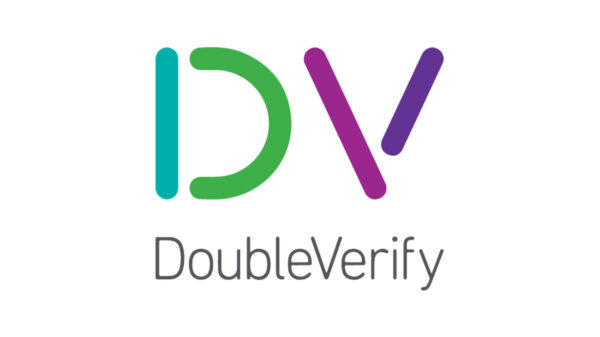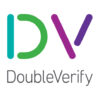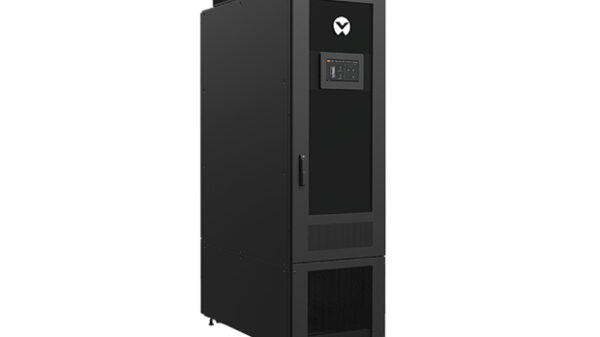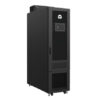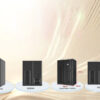The rapid growth in the volume of information, which was measured at 2.8 zettabytes in 2010 and estimated to reach 40 zettabytes by 2020, is driving enterprises to adopt hyperconverged technology, a platform that is being positioned as the answer to the problem of increased IT complexity.
SimpliVity, a US-based provider of hyperconverged infrastructure for software-defined data center, introduced to local media the technology during its “Get Hyperconverged” World Tour in the Philippines.
Unlike a converged platform where the components are from multiple vendors but architected together, a hyperconverged platform is typically an appliance that combines higher-density compute cores, all-flash storage arrays and all software-based networking from a single vendor, or from a close partnership of vendors. Some of these appliances come with features such as data deduplication and other efficiency-gaining technologies.
The hyperconverged infrastructure is used to simplify virtualized IT environments that can result to increased productivity and agility while reducing the cost of ownership to the business.
Scott Morris, Vice President, Asia-Pacific at SimpliVity, said that when traditional IT infrastructure cannot deliver cloud-scale IT in an organization, the hyperconverged technology can be of essential use.
The technology integrates three components – servers, network, and storage – into one physical device that can eliminate hardware, space and personnel that are managing the organization’s legacy data centers.
Morris shares that it took them a little more than three years before SimpliVity hyperconverged technology came out in the market.
SimpliVity innovation is characterized by having an accelerated data efficiency that deduplicates, compresses and optimizes data; and can reduce cycle time; it can increase employee productivity and operational efficiency through its global unified management (GUM); and a hyperconvergence architecture which reduces by up to three times the cost of ownership.
Included in the infrastructure are add-ons which include data backup and disaster recovery, an advantage for users so they can do away with the need for other expensive solutions.
Morris cited that the new hyperconverged solution can be activated three hours after being installed.
SimpliVity hyperconverged infrastructure, which is designed to scale out fast and installed at low cost, offers a unique data architecture on hyperconverged x86 building blocks. It boasts of the several capabilities, namely data protection, data efficiency, better performance, can manage virtual environments globally via a single interface, and data efficiency.
According to a survey conducted by Tech Validate to 34 users of SimpliVity OmniCube, more than one-third of respondents achieve over 100:1 in efficiency benefits, which means that these group of users realize greater efficiency.
Another advantage of running a Simplivity hyperconverged infrastructure is its capability of providing a massive significant shift in productivity and data cost savings.
Morris said they are expecting a large number of local enterprises to adopt this simplified SimpliVity infrastructure. He mentioned a total of 30,000 businesses to be their possible market, broken down as follows: 5,000 large enterprises and 25,000 small and medium-sized businesses. He also cited Creative Technologies as one of the local distributors of their products.





